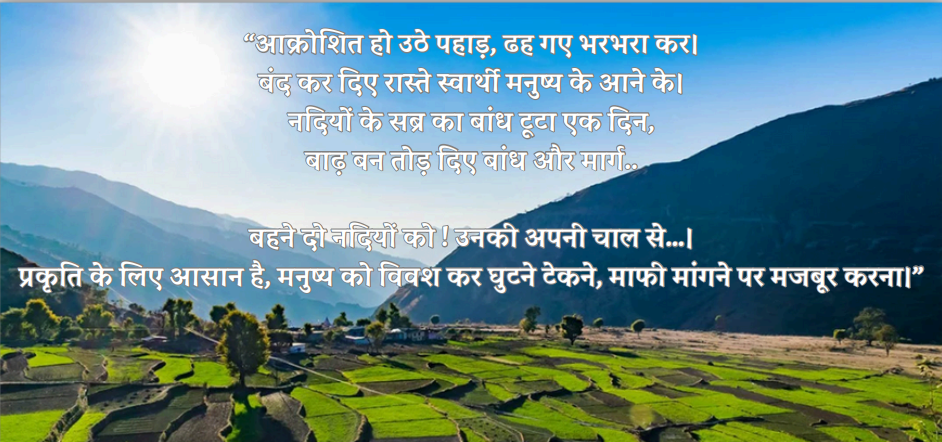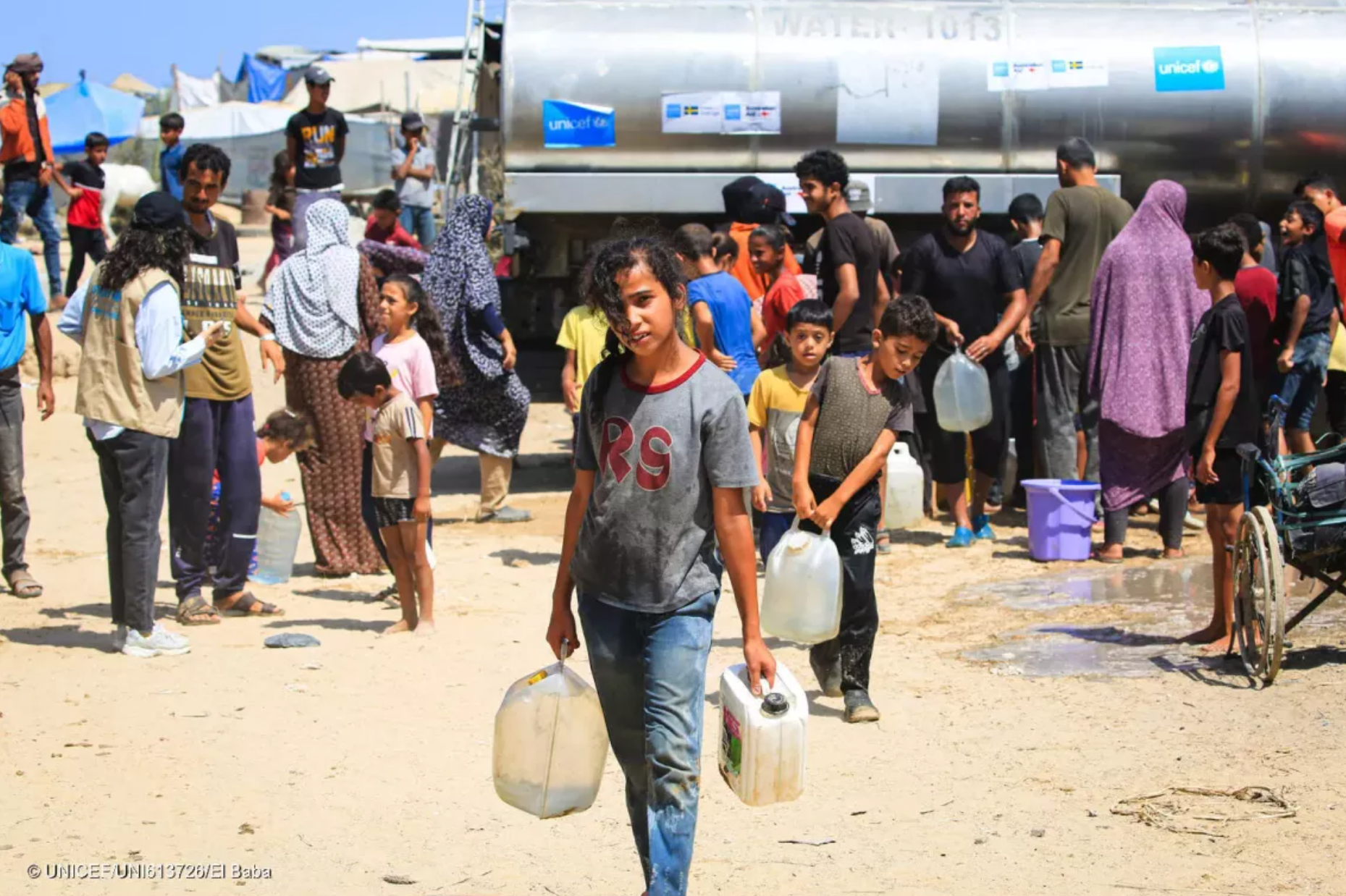Introduction
Uttarakhand, a picturesque state nestled in the foothills of the Himalayas, is often referred to as Devbhoomi. Its topographical location, however, makes it vulnerable to natural disasters, and in recent years, the state has witnessed some horrific events.
Uttarakhand: The Road to Development or Disaster
The state has been focusing on urban development, infrastructure, and renewable energy. A key project is the Rishikesh–Karnprayag Railway line, which connects the yoga capital of Rishikesh to Karnprayag, one of the Panch Prayags. The ambitious project, however, led to cracks in houses and roads in Joshimath. Many locals perceived this as divine punishment rather than human error, similar to sentiments expressed during the Kedarnath floods.
Additionally, the development of roads connecting Uttarakhand to Uttar Pradesh, Punjab, and Haryana has led to deforestation and destabilization of the mountains. Frequent rockfalls make commuting hazardous, especially in emergencies.
Hydro Electric Projects
The Tehri Hydro Electric Project, inaugurated in 2005, was conceptualized in the late 1960s and 1970s. Its implementation led to the complete submergence of the historical town of Tehri, and villagers were relocated to what is now known as New Tehri. Recently, the state government has promoted New Tehri as a tourist destination, dubbing it the “Mini Maldives of India,” attracting a growing number of visitors.
Hydro Electric Projects
The Tehri Hydro Electric Project, which was inaugurated in the year 2005, was an ambitious project of the late 60’s and 70’s. Due to this project, the historical town of Tehri was completely submerged. The villagers were relocated to a new location which was earlier known as New Tehri. Now the state government has started promoting it as a tourist destination, calling it the Mini Maldives of India, thus attracting a lot of tourists.
These disasters are not always naturally caused. There are human-induced factors like deforestation. According to a report by the Citizens of Dehradun forum, nearly 18,700 trees are cut down for infrastructure projects like the Mussoorie Dehradun Ropeway project, (a 5.2 kilometers long monocable gondola system). It also estimates cutting down nearly 51,000 trees for further infrastructure projects. The Smart City solutions have already exposed the loopholes of the Government. The lanes and the colonies of Dehradun face water logging, making day-today life for the locals more difficult.
Unregulated Tourism
Uttarakhand being an approachable weekend getaway attracts a lot of tourists from Haryana, Delhi and other states. This often leads to long traffic jams and the locals often end up facing a lot of problems commuting. Unplanned Construction also has added to the misery of Uttarakhand. Impact of Natural Disasters One of the major impacts of natural disasters is the loss of lives and livelihoods.Between 2010 and 2025, nearly 10,000 people have lost their lives out of which 5,700 died during the Kedarnath floods. It impacted the marginalized communities living in remote areas. The Kedarnath floods have left some villages where there are only widows , with no family members (or the bread winners of the family) and no means of livelihood.
The need of the hour
These natural disasters have highlighted the problems that the state is going through. The government must take measures to create employment opportunities for the youth, so that they don't migrate to other states to work. The public fund should be utilised properly, instead of promoting tourism and should look into deeper problems that the state is facing.
Looking Ahead
The state of Uttarakhand has made efforts by establishing the State Disaster Response Force. Setting up of warning systems with the Indian Meteorological Departments.
Conclusion
Uttarakhand’s natural beauty comes with an inherent fragility. The state continues to stand at a crossroads — between continuing a path of ecological neglect or embracing a more resilient, balanced approach. Natural disasters may not be entirely unavoidable, but with science, policy and community effort working together, their impact can be greatly reduced. The mountains have warned us time and again. The question now is —will we listen?

